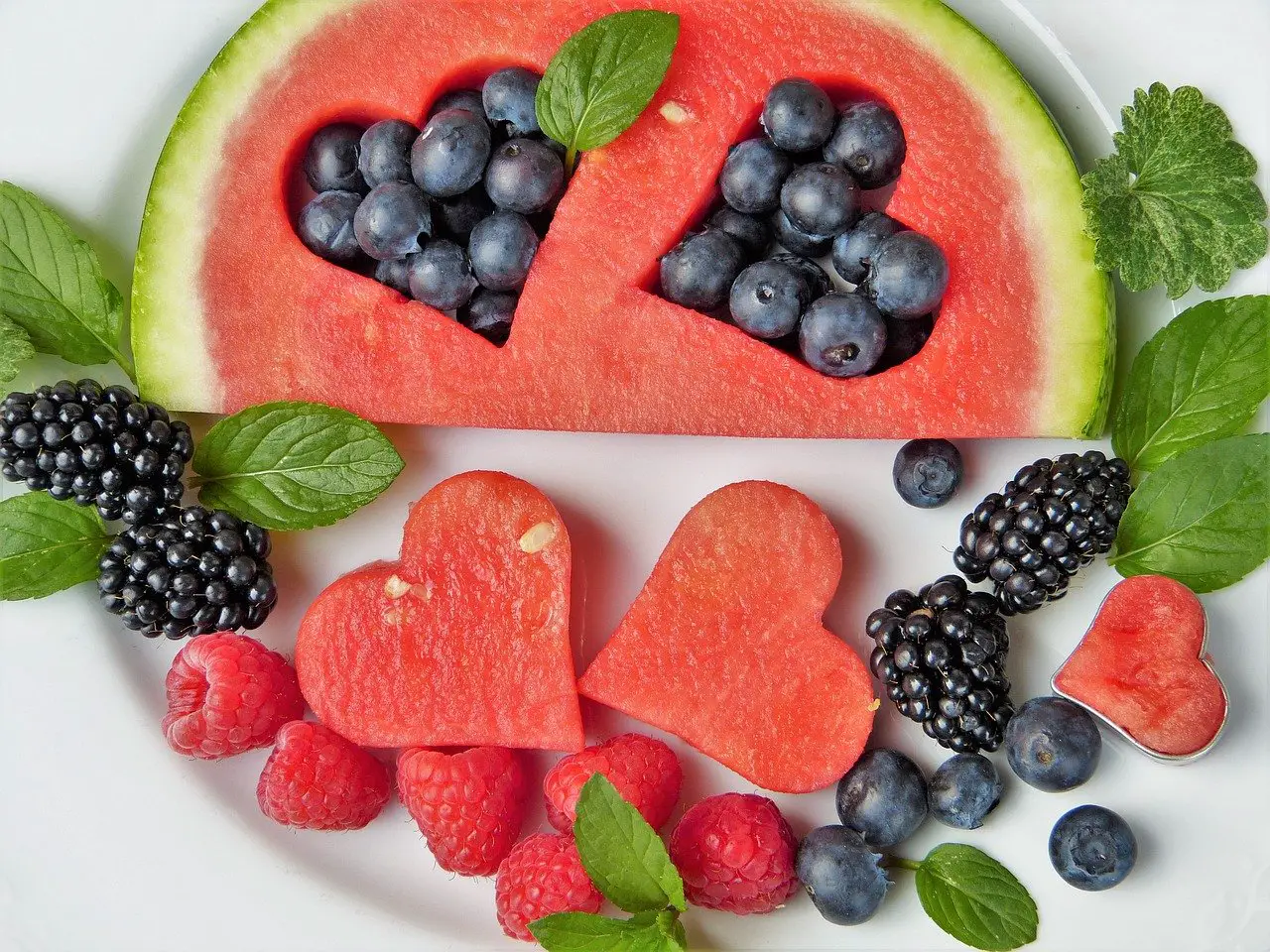Read all about giving watermelon to your dog here. Giving your dog watermelon is a fresh change from the diet. Your dog may not like all fruits, so he is not made to digest carbohydrates and plant tissue. Still, there are some concerns when feeding watermelon.
Watermelon is a type of fruit that is generally highly valued by humans. Especially in warm weather, this is a wonderfully fresh, thirst quencher full of vitamins. Our animals, however, do not mind at all eating with our people-menu.
So a sweet, juicy piece of fruit is accepted by many dogs. But is this possible?
What does a dog eat?
You will probably know that our dog is descended from the wolf. This mighty predator feasts on all kinds of game. From hare and poultry to deer and boar.
Our modern dog is usually only used to hunting a snack or toy. They get a bowl of food in front of them twice a day and regularly look at the boss for something extra.
But is this justified?
We humans are omnivores, which means that we use both animal and vegetable material can digest. However, our dog, like his ancestor, is a “real meat eater”. We also call this a carnivore.
The whole body of the dog is therefore built to digest meat. The stomach is large and the intestinal tract is a lot shorter than with plant and omnivores. The dog therefore does not need a long digestion time and range of intestinal bacteria to digest the stiff plant cells.
This means that fruit and vegetables are generally poorly digested by your dog. The plant cells are not or hardly broken down, so that the nutrients leave the body unused in the form of waste (feces).
If you would like to give fruit and vegetables to your dog, it is important to steam or puree this first. . For example, the cell walls are shredded or weakened, so that the digestion of your four-legged friend is sufficient to get to the nutrients.
But should this also be the case for melon? you do not have to steam or puree watermelon. Making small pieces of the fruit is sufficient. Your dog will appreciate the snack more; more often a small piece seems more than one large piece.
And you are less likely that the large, indigestible piece of fruit irritates the intestines.
This can occur, because fruit hardly or not in your dog’s natural diet is sitting. Large, repetitive pieces of fruit cannot be digested by the gut, causing irritation. This can lead to abdominal cramps, a bloated stomach, flatulence and diarrhea. Some dogs even develop a hypersensitivity or allergy because of this. The body does not know what to do with this product and directs the immune system to it. This can cause your dog to have gastrointestinal complaints, as well as itching and rashes.
Always keep a close eye on your animal. Your four-legged friend can develop symptoms after the first serving, but also after a few years.
In addition, it is important that your dog gets enough nutrients through his diet. Such a sweet water bomb is delicious, but its menu should consist largely of meat and meat-related products.
However, a watermelon consists mainly of water. In fact, 100 grams of this fruit contains 89.3 grams of liquid!
Can you actually give the whole fruit to your dog, without any risk?
Is the skin of watermelon dangerous?
Giving your dog watermelon is not without risks. Often warnings are given for the peel or cores of specific fruits. Fortunately, watermelon is completely safe to give, but it does have some points of attention.
Peel
In order to keep our fruit free from pests, pesticides are used during cultivation. This is poison, which ends up on the skin of the fruit and kills or keeps uninvited guests away.
It is therefore recommended to peel fruit and vegetables before consumption if possible. The skin is said to contain the highest concentration of poison, which remains from the pesticide. This is not good for our health, even if it may only be present in small quantities.
Better safe than sorry!
Kernels
The kernels of the melon are also a point for attention. These are in principle safe, but can cause constipation in the intestine when consumed high. It is namely tough, indigestible material for your dog.
And what seems like a small pit to us can be quite large for our dogs. Take a good look at the flat, elongated pips. They are particularly abundant towards the center of the melon.
With a good bite, your dog can consume quite a lot of this stiff material. It is therefore better to remove these seeds from your dog before feeding.

